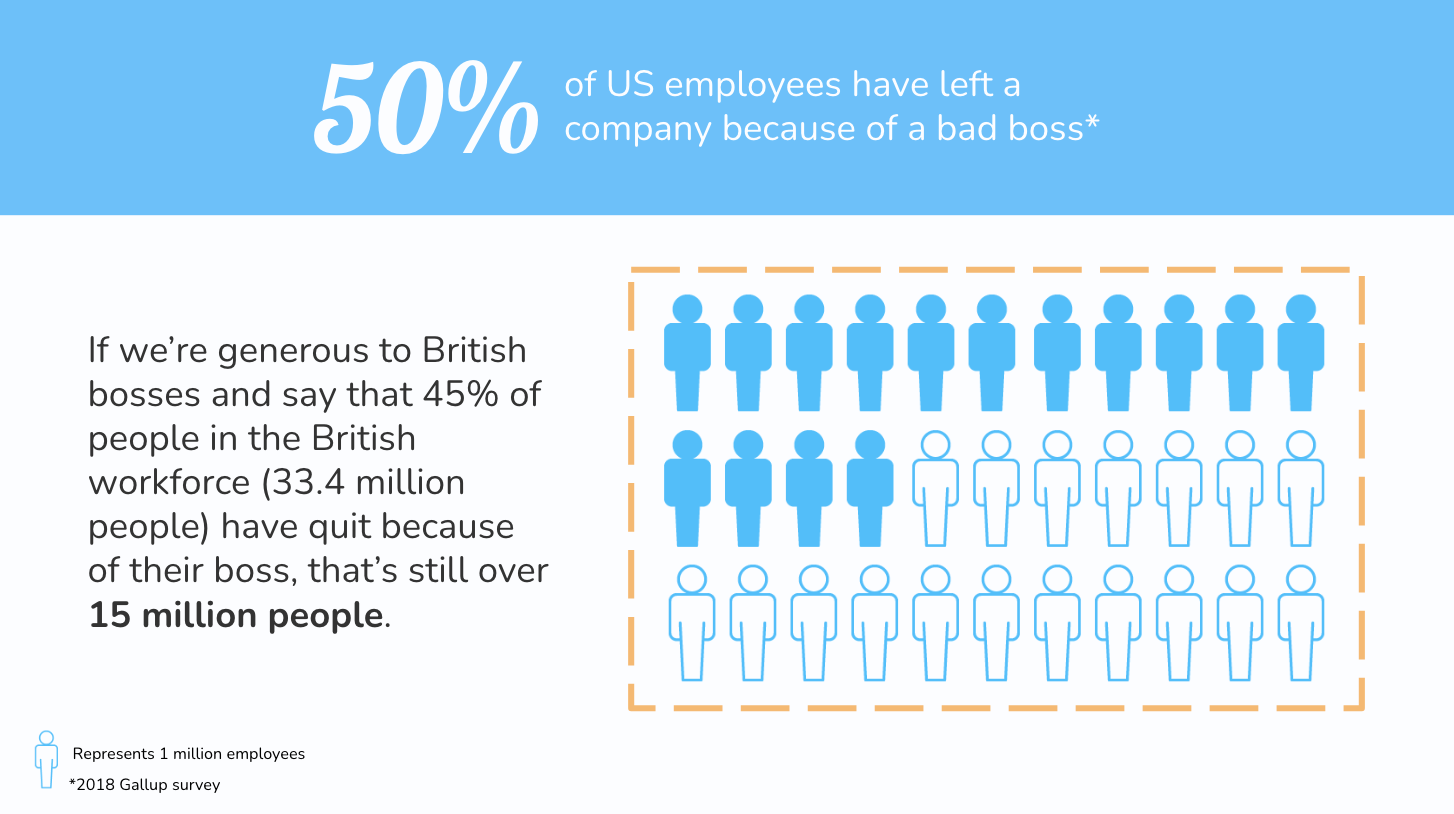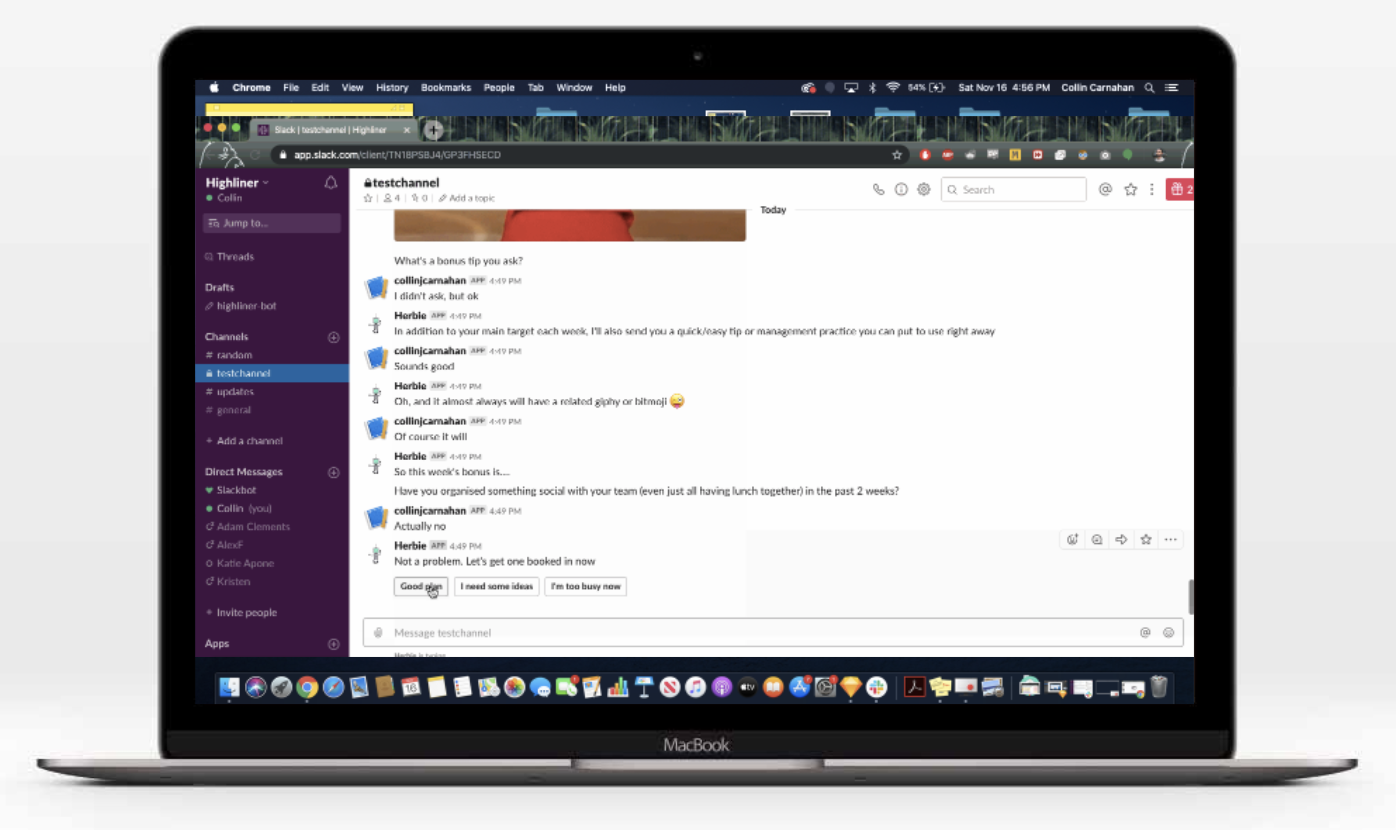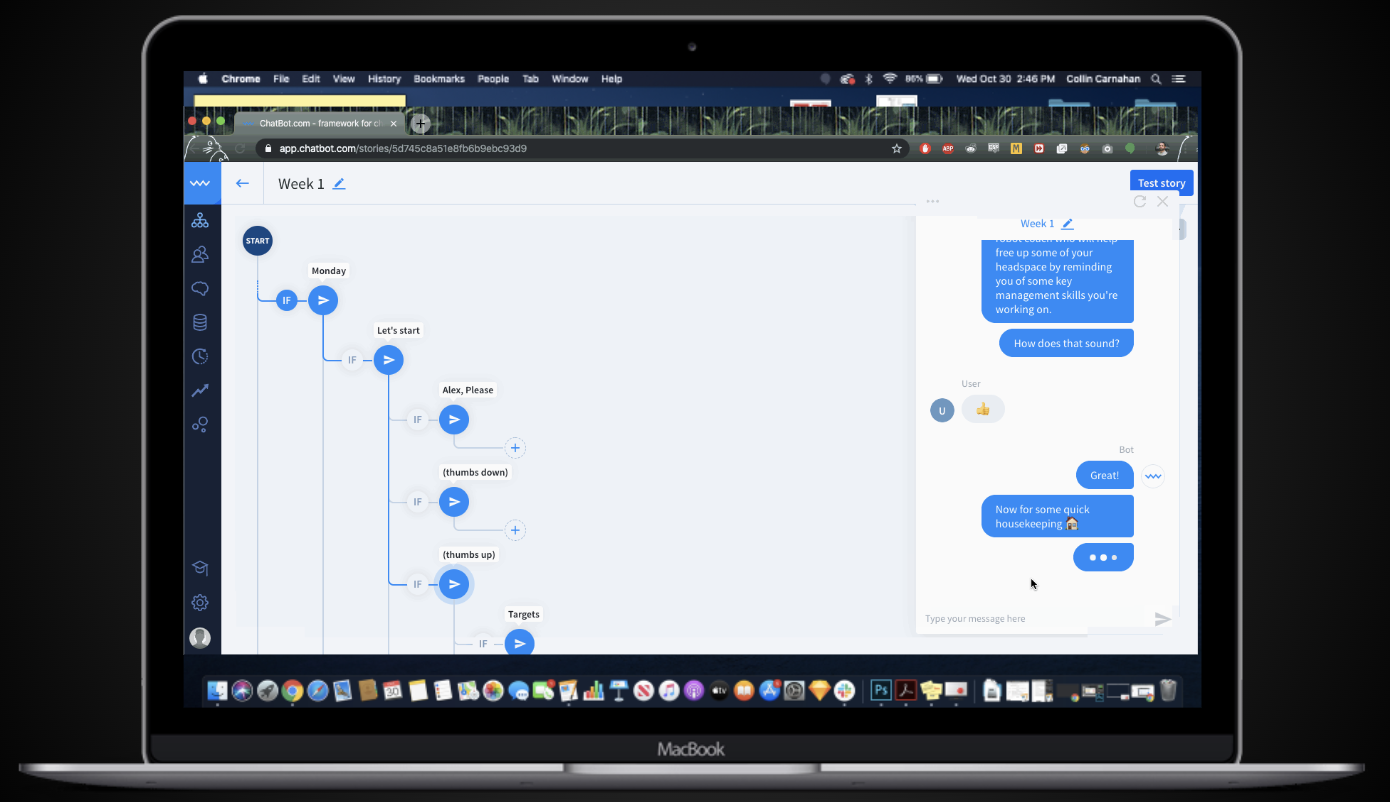Company Highliner Technology | Timeline 6 months
Problem
The early days of a startup are ambiguous and exciting. Highliner Technology was a very early-stage startup looking to solve the problem of affordable coaching for business leaders. The CEO had determined that while there were extensive options for in-person professional coaches, these coaches were expensive and therefore usually reserved for C-level executives. Yet, there was a market opportunity for reasonably-priced coaching for mid-level managers.
I also designed their slide deck seen here for investor pitches.
Team
Through my freelance business, I worked as the UX design lead to get their first product up and running. I worked closely with the CEO, another freelance UX designer, and a professional learning coach.
Approach
On a small team without many resources, I focused my energies on keeping the team on an MVP-mindset. I consistently challenged the team to make sure we were working as lean as possible to test our main assumption that personalized and actionable tips would improve managers.
I started by leading product ideation sessions. At this point, the CEO didn’t have a set vision on what product the team would be building. I led the team through design sessions to focus on the leanest product that would test our assumptions. During our sessions, we ideated what we should build: an app, an online learning course, a chatbot experience, or countless other options. I facilitated the group to consensus on a decision based on our research and data collected. We chose a Slack-integrated chatbot that delivered personalized and actionable reminders to mid-level managers. This was a scalable way that we could test our assumptions and it met people where they were already—in the Slack app.
Our Slack-integrated chatbot for professional coaching.
I PM’ed this work by starting a Trello board for our team to keep us organized, as our team was working across many time zones. While we didn’t have any developers on our team at the time, the CEO got a quote from an outside engineering firm who said they could build a chatbot in Google’s chatbot builder, called DialogFlow, for many thousands of dollars. When our team talked it over, I influenced the team to build the beta product ourselves as I felt confident that we could build the chatbot ourselves. The CEO thought we should make it in DialogFlow, since that’s what the engineering firm suggested. I started prototyping with the tool and very quickly realized that while our team was capable of making a chatbot using this tool, it wouldn’t be the most efficient way. The tool was fairly technical, which meant that every time an update to the chatbot needed to be made, someone who was comfortable with programming had to do it. That meant the CEO and professional learning coach wouldn’t be able to update the chatbot script.
I started researching other chatbot builders where non-programmers would be able to write and edit the chatbot script easily. With the other designer, we decided that we should propose a new tool to the CEO called Chatbot, which didn’t require coding knowledge to write the chatbot script. I built a case for using the chatbot builder by showing the CEO prototypes from the Chatbot builder vs DialogFlow and explaining the technical challenges to DialogFlow. The CEO was bought in to the Chatbot builder and we moved forward with that tool.
The Chatbot builder interface including our chatbot script and logic.
We created and built out 8 weeks worth of daily content into our chatbot script since the CEO had found a customer company that wanted to do a paid beta trial. I led the QA testing for our bot before we started our beta trial, and we were able to fix launch-blocking bugs before our beta trial stared. During our beta, 9 mid-level managers used our chatbot for professional coaching.
Outcomes
The outcome of the beta trial was largely qualitative. The CEO conducted interviews and surveys with the participating managers before, during, and after the trial. While I can’t disclose the actual results from the interviews and surveys, the outcome was largely positive. After the beta trial, the customer signed on to use the Highliner chatbot for another period of time because they were so satisfied.



